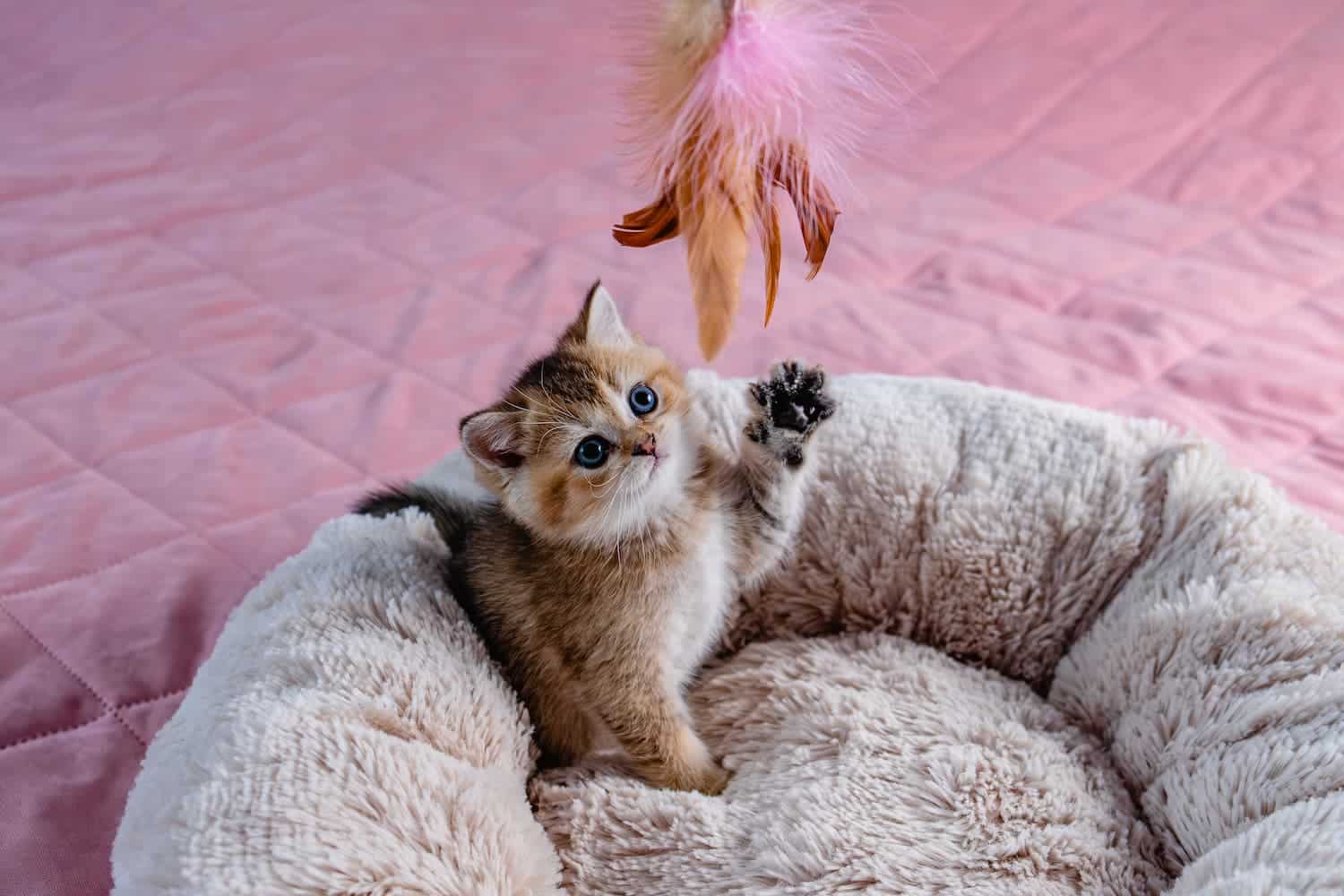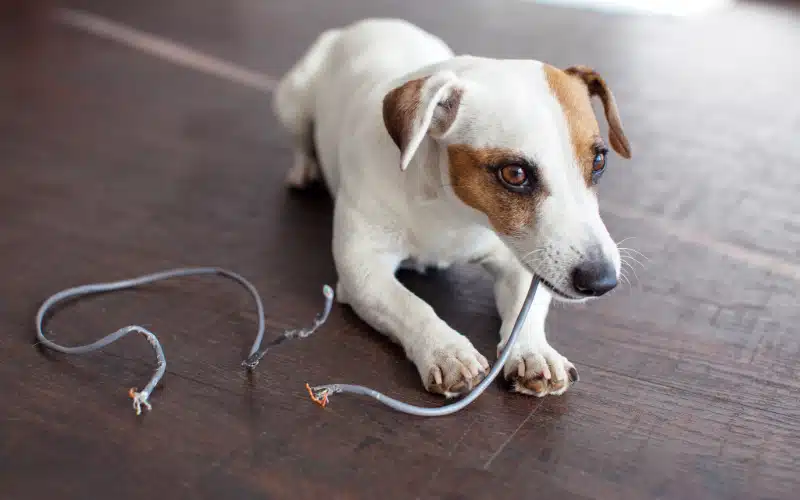
Feline Urinary Obstruction: A Surgery Spotlight
If you’ve been a cat parent for any length of time, chances are you have heard about urinary obstructions, or cats being “blocked.” These terms refer to a life-threatening blockage of the lower urinary tract, which prevents a cat from being able to urinate.
Unfortunately, this condition is relatively common in cats, and although urinary obstruction (UOs) can occur in any cat, they most often affect young to middle-aged male cats. Overweight cats and those who eat only dry food are also at higher risk.
Although we try to alleviate these blockages with non-invasive means, the standard treatment is sometimes not effective. In that case, surgery may be necessary to relieve the blockage and prevent new ones. The team at AEHV takes you through how blockages form, how to recognize them, and how a Perineal Urethrostomy procedure (PU) can help your cat.
How Do Urinary Obstructions in Cats Form?
Urinary blockages in cats can form from physical causes, such as urethral plugs, urinary stones, and tumors. Mechanical blockages can also occur from muscle spasms or swelling due to lower urinary tract inflammation. A common cause of mechanical blockage is a stress-induced condition known as Feline Lower Urinary Tract Disease (FLUTD).
A urinary obstruction due to any of these causes requires immediate action. Cats who are blocked not only cannot urinate, but the backup of urine can damage the lower urinary tract and cause kidney damage. An untreated blockage will cause toxins to build up in the bloodstream and result in electrolyte imbalances, which are life-threatening for the cat. Because these side effects can occur quickly – generally at 24 hours or more – pet owners need to seek veterinary treatment as soon as they suspect an obstruction.
How to Recognize a Urinary Obstruction in Your Cat
Once you learn the signs, you can spot the behavior changes that indicate a possible UO, but they are easy to miss if you’re unaware of them.
- Increased vocalization
- Straining in the litter box
- Licking hind end
- Frequent trips to the litter box
- Blood-tinged urine
If you see any of these signs, call us right away or have your pet seen immediately by an emergency veterinarian. Cats with a UO can deteriorate rapidly, resulting in vomiting, lethargy, an inability to get up, and death.
How PU Surgery Can Help Your Cat
If you suspect your cat is blocked, seek veterinary care immediately. The obstruction will need to be relieved, most often by placing a urinary catheter under sedation or anesthesia. However, if this method is unsuccessful, or if there are recurring blockages despite appropriate medical and lifestyle management, your veterinarian may recommend a PU surgery.
One reason male cats develop UO more often than females is due to their anatomy. The male cat’s urethra is longer than the female’s and narrows as it enters the penis, causing a higher likelihood that stones, blood clots, and mucous will result in a blockage. A surgical procedure called a perineal urethrostomy (PU) creates a new urinary opening by decreasing the length of the urethra, thereby allowing urine to bypass the narrowed region. A PU surgery greatly reduces the risk that your cat will have another UO.
Cats who have had a PU generally do very well. For cats who have frequent recurring blockages, a PU surgery can bring great relief since the blockages and subsequent hospital visits are a thing of the past.
Preventing Urinary Obstruction in Cats
While every blockage cannot be prevented, there are some things you can do at home to decrease the chances of a blockage in your cat.
- Increase hydration by offering wet (canned) food, adding water to their dry food, and encouraging drinking with a pet water fountain or circulating water bowl.
- Ask your veterinarian if a feline urinary diet is appropriate for your cat.
- Reduce your cat’s stress by keeping their litter box clean and limiting changes in their environment.
- Provide enrichment with toys, perches, and interactive games. Provide plenty of love, pets, and positive attention.
Contact us if you have questions about urinary blockages in cats or perineal urethrostomy surgery. The team at AEHV is here to help!



